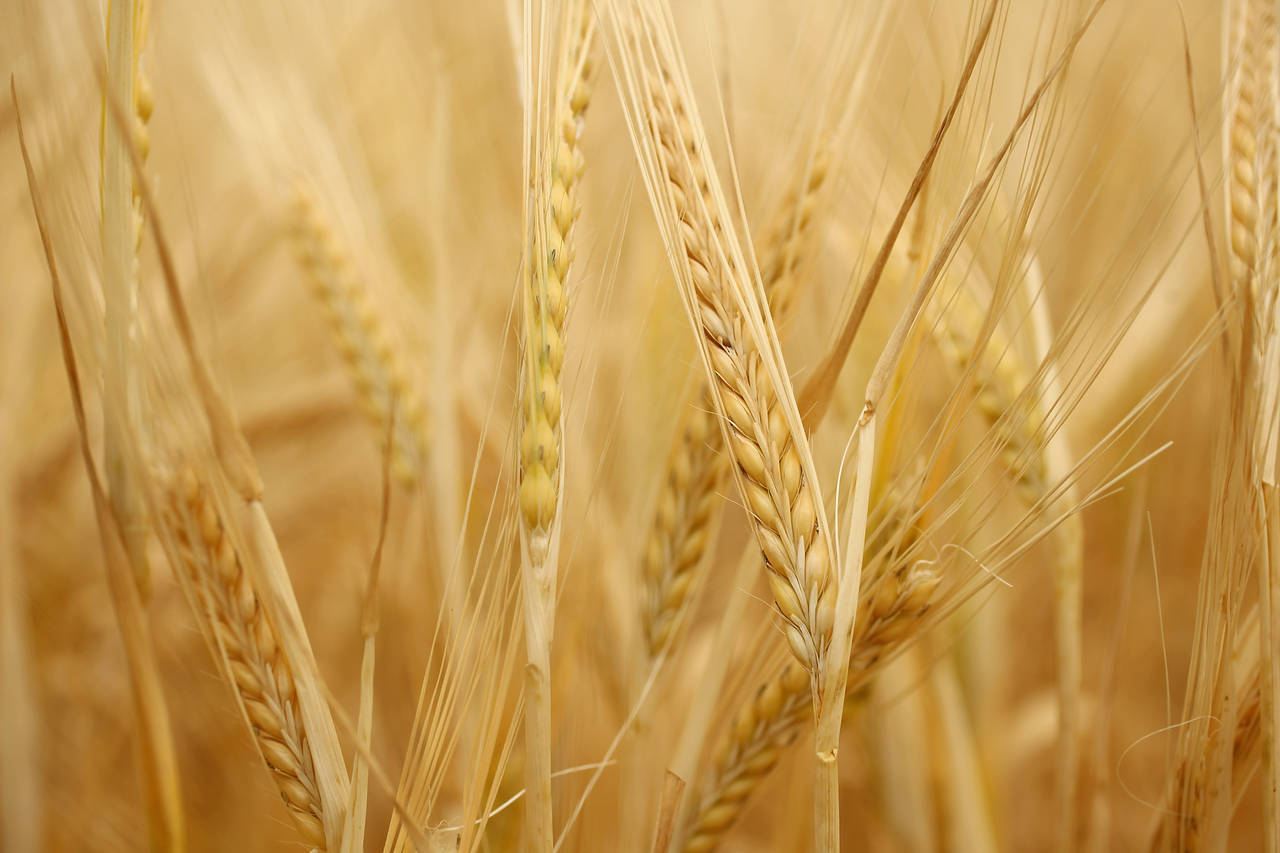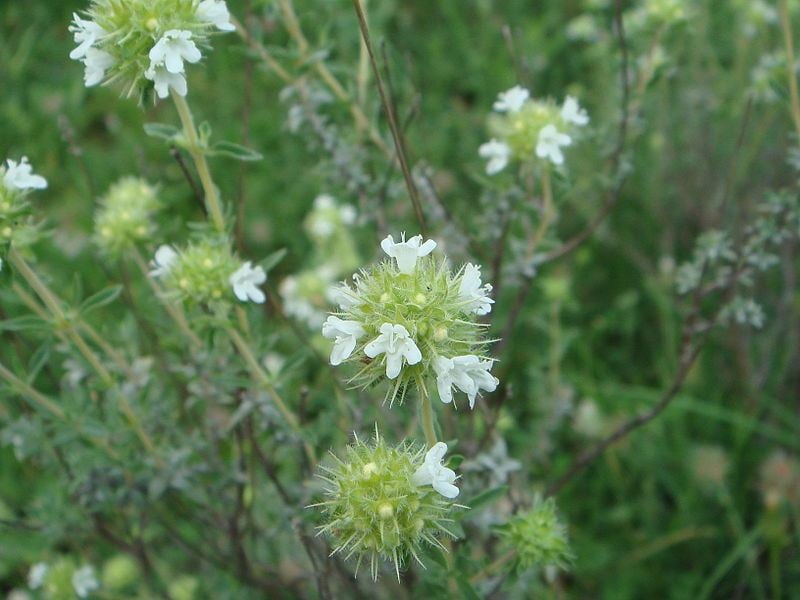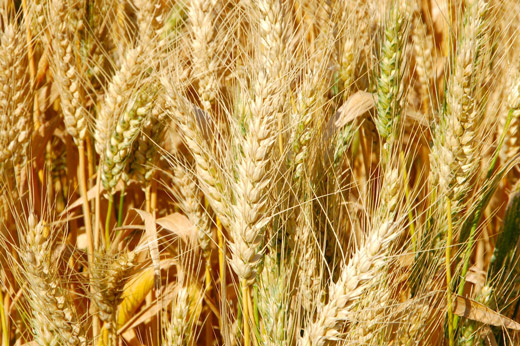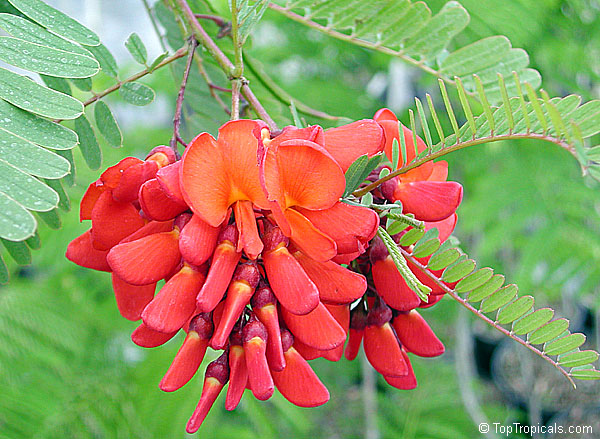 Alireza Pazoki, Mohammad Nabi Ilkaee, Mahdi Davoodi Far, Farid Golzardi
Alireza Pazoki, Mohammad Nabi Ilkaee, Mahdi Davoodi Far, Farid Golzardi
Department of Agronomy and Plant Breeding, Yadegar-e-Imam Khomeini (RAH) Shahre-rey Branch, Islamic Azad University, Tehran, Iran
Department of Agronomy, Karaj Branch, Islamic Azad University, Karaj, Iran
Department of Agronomy and Plant Breeding, Faculty of Agriculture, Roudehen Branch, Islamic Azad University, Roudehen, Iran
Young Researchers and Elite Club, Karaj Branch, Islamic Azad University, Karaj, Iran
Key words: Lead, Chlorophyll, Carotene, Lead, Wheat, Xantophyll.
Abstract
Among heavy metals, lead is a potential pollutant that readily accumulates in soils and sediments. Although lead is not an essential element for plants, it gets easily uptake, accumulated in different plants sections and had destructive effects on leaf pigments in photosynthetic reaction. Continue reading Impact of bio-fertilizers and different levels of lead on pigment content of wheat (Triticum aestivum L.) – JBES



